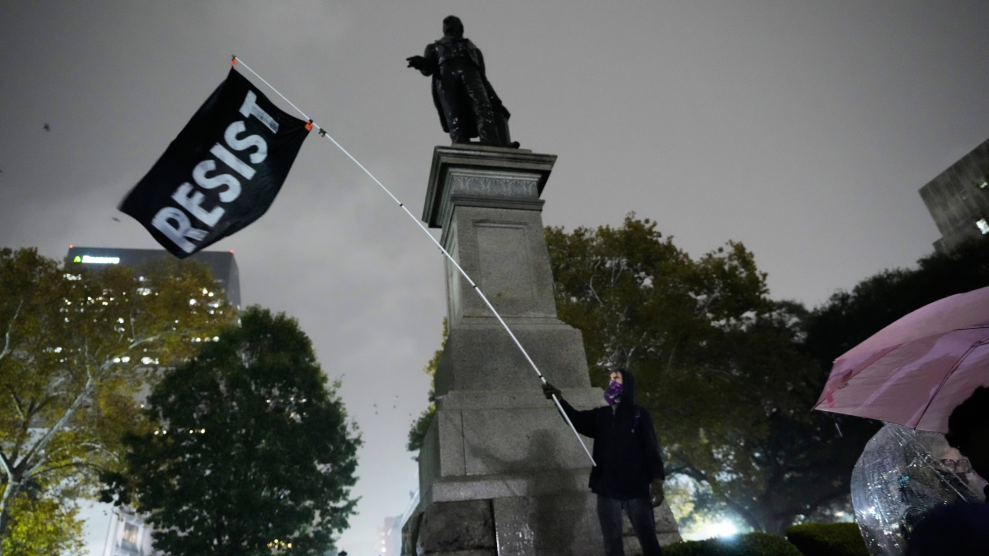During a college semester abroad in Fort Dauphin, Madagascar, I suddenly felt compelled to write long letters to anyone who I thought might read them. Partly it was to plaster entire envelopes with the country’s beautiful palette of penny stamps–everything from lemur scenes to Elvis tributes. But I also really needed to tell someone about the malnourished, 24-hour banana salesmen who slept in doorways, the giant hissing cockroaches in the outhouses, and the men who stood on the rocks alongside the coral beaches and hurled out fishing line, bending over as it unspooled off the tops of their heads.
Madagascar has never been a practical country, and I suppose that’s part of its charm. The bridges are all washed out. The national highway is a soup of laterite. Rural folk live in mud-brick hovels yet spend the afterlife within palatial cement replicas of airplanes and taxi brousses–the jacked-up WWII-era troop carriers that are the only way to get around. The less intractable of these problems were, according to Fort Dauphin’s students, caused by the greed and ineptness of the country’s then-president, Didier Ratsirika, who clung to power only because his party rode into town before each election atop huge loads of free rice.
An island off the southeast coast of Africa, Madagascar is in some ways even more tragic than the continent’s cliches. When humans first drifted there from Africa and Indonesia beginning only about 1000 B.C., it was as if they followed the wake of a second Noah’s Ark. They found lemurs the size of gorillas, pygmy hippos no bigger than pigs, and elephant birds, which stood 10 feet tall and weighed half a ton. Those creatures were long ago engulfed in wave of extinction that continues to this day. Among the most tenuous survivors is the Aye Aye, which seems like a fusion of monkey, bat, and woodpecker. Despite Madagascar’s status as a virtual mini-continent where 80 percent of species are found nowhere else, its infrastructure has been too unreliable to support what should be a thriving tourism industry.
There was once hope that politicians could turn things around. In 2002, Malagasy president Marc Ravalomanana, a self-made dairy farmer, ousted Ratsirika at the polls in a wave of popular support and optimism. Of course, Madagascar was still a country where children stood on the side of the road in the middle of nowhere, waiting to dance for the occasional driver in hopes he’d toss coins out the window; poverty ran deep. So when Andry Rajoelina, the young, charismatic disc jockey who’d become mayor of the nation’s capital, Antananarivo, organized protests against rising food prices and government graft last year, Ravalomanana had him ousted. The ensuing three-month standoff ended this week when troops sympathetic to Rajeolina stormed the presidential palace and forced Ravalomanana to cede power.
“This is no clash of policies; it is a clash of personalities,” the BBC opined. That doesn’t mean it’s any less a disaster. The Madagascar military has ended its tradition of not taking political sides. Rajoelena has refused to submit to a referendum on the presidency, paving the way for an uncertain period of dictatorship. And tourism has ground to a halt and will likely take months or years to start up again, especially in the midst of a global downturn.
As the coup clearly shows, tourism and poverty are uneasy bedfellows. The tragedy in Madagascar is that they need not be. Though hard to reach and difficult to navigate, Madagascar is far from dangerous. It simply needs more ways for tourist money to flow to people at the bottom of the economic ladder, and more tourists who won’t let a few sand fleas, stomach bugs, and lost tires get in the way of seeing the most unique place on the planet.

















